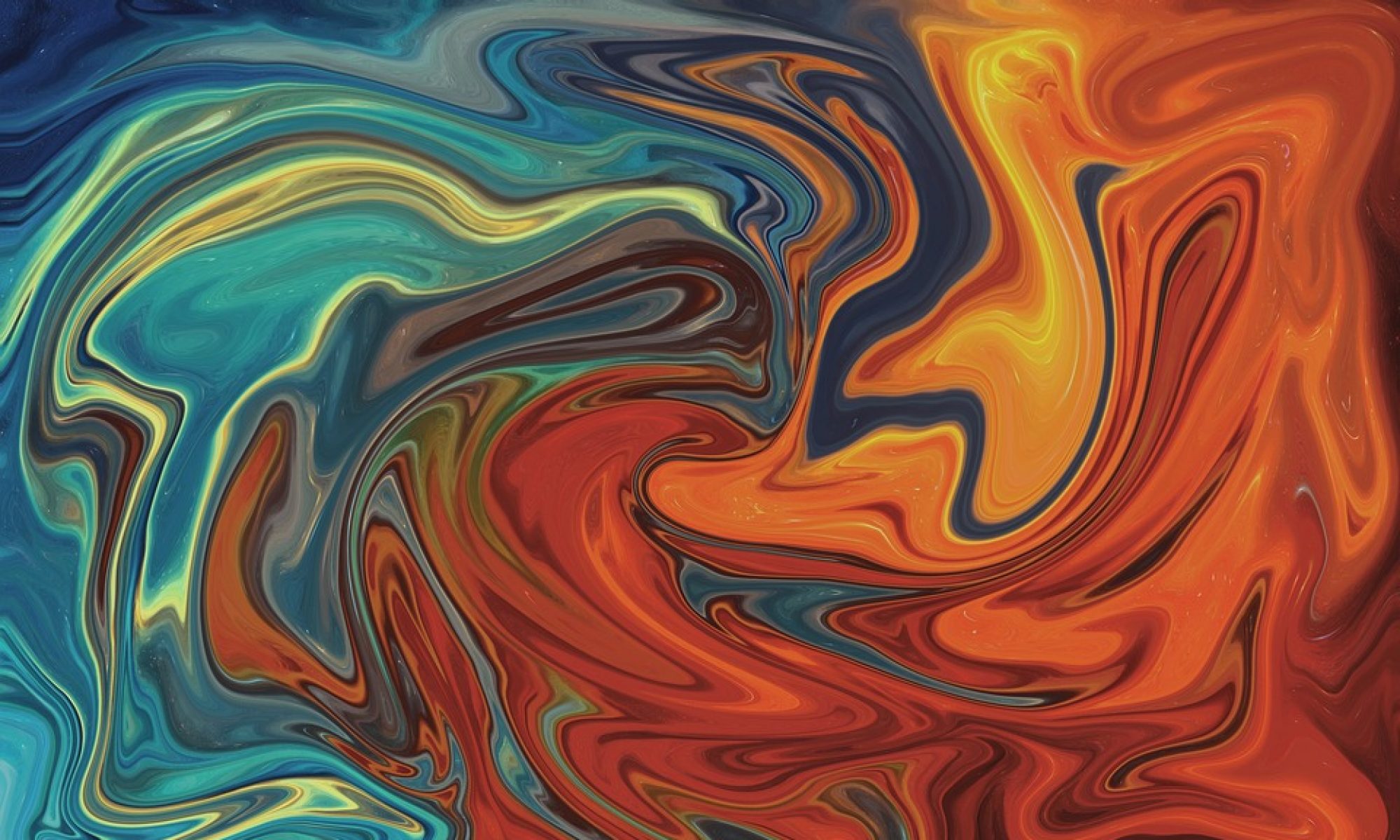
In 1889 Vincent Van Gogh painted Starry Night, an oil painting on canvas. Van Gogh used a mix of warm, cool and neutral colors; the light and darks Van Gogh used gives the painting a life and death mood. The painting was made during the Post-Impressionism Art Movement. Van Gogh used shades of blue, white, green, red, brown and yellow to capture the essence of a starry night. Van Gogh made the painting on a square 73.70×92.10 canvas. It is currently held in New York City at the Museum of Modern Art.
In the painting Van Gogh uses swirls to depict clouds, wind and stars in the sky. The yellow on top of the blue shows a clear contrast, making the stars and crescent moon stand out. He uses short quick fat strokes to give the sky, clouds, stars and moon a rough water-like texture. Van Gogh uses the same technique on the mountains and the tree trunk-like structure that sits on the left side of the painting, using darks and lights to give the painting depth while the tree trunk-like structure shows more flatness than depth–this gives the painting a balance of both flatness and a 3-dimensional aspect, giving it a unique style. The swirling technique that Van Gogh used leads the viewer’s eye around the canvas showing all detail; the viewer’s eye is mostly drawn to the sky with the yellow being so dominating it stand out over everything else.
